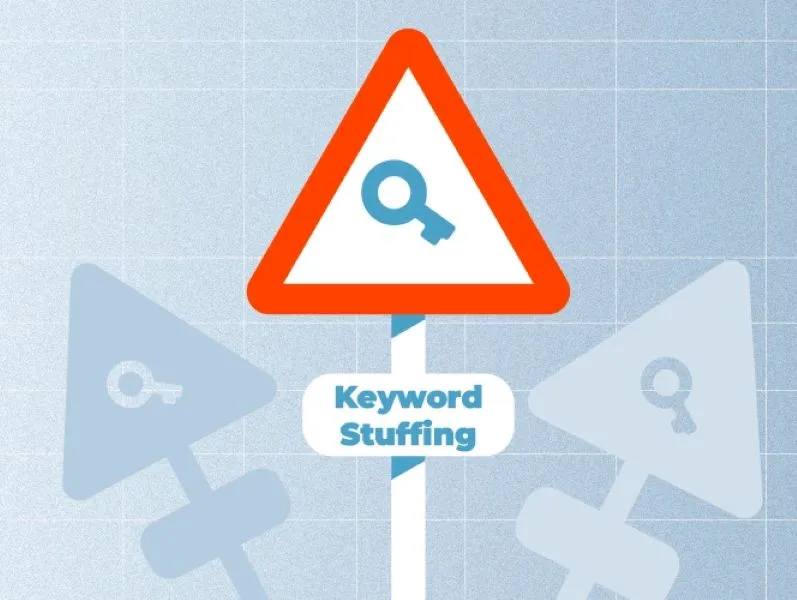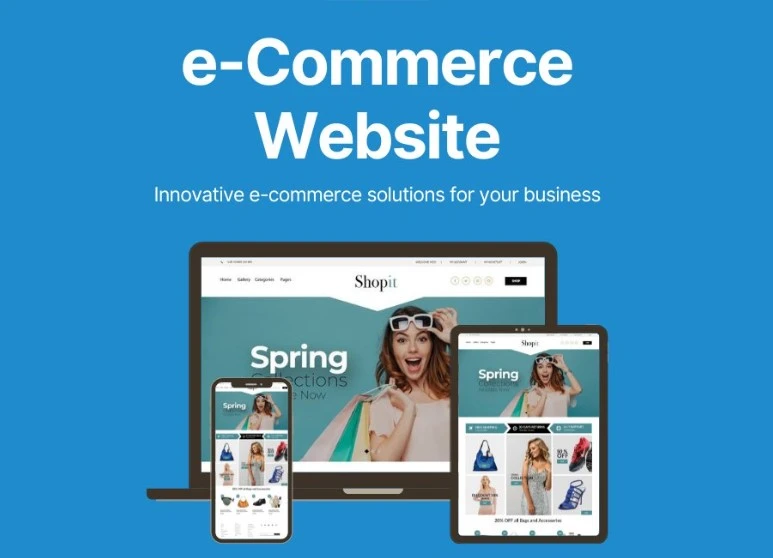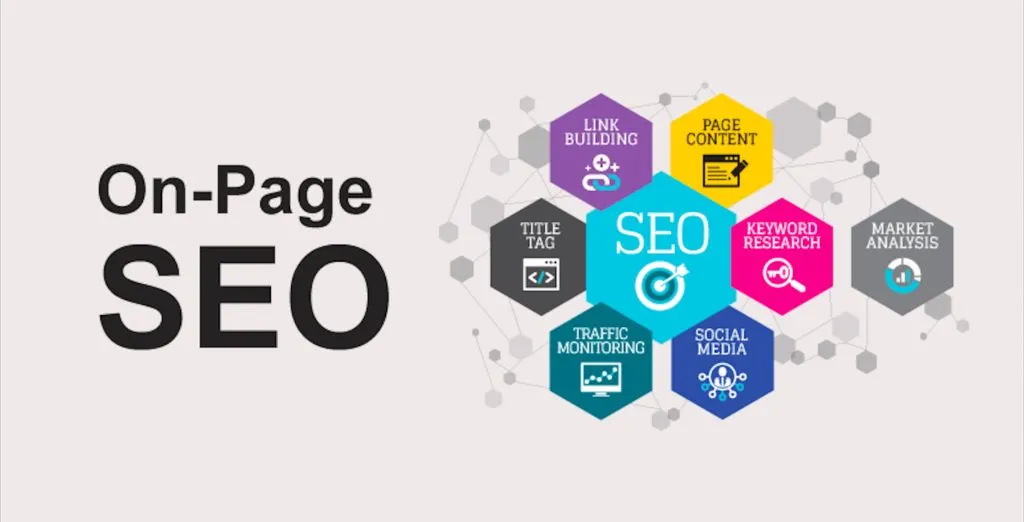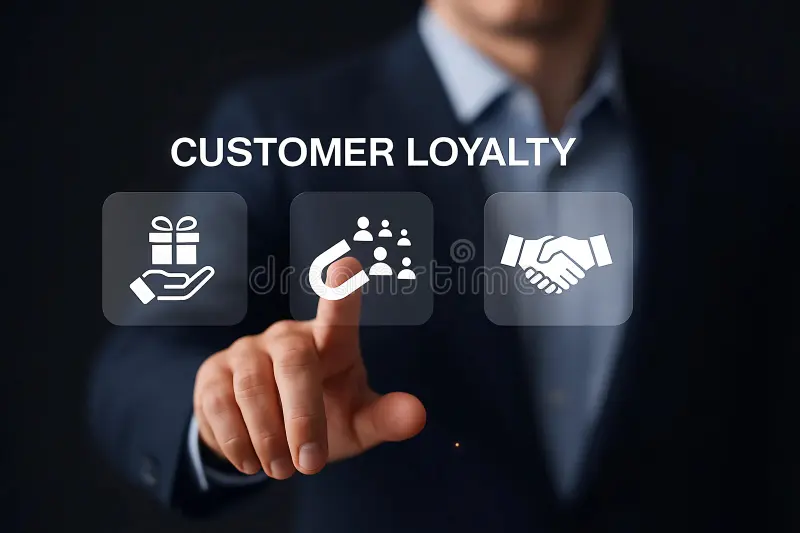
In today’s digital landscape, having a strong online presence is crucial for businesses to thrive. A well-designed website, a solid brand reputation, and a robust social media strategy can make all the difference in attracting and retaining customers. However, with the ever-increasing noise on social media, it’s becoming increasingly challenging to capture and hold the attention of potential leads. That’s why it’s vital to revamp your social media strategy to drive meaningful engagement, foster brand loyalty, and ultimately, convert visitors into premium paying customers. In this article, we’ll explore seven actionable tips to help you do just that.
Setting the Stage
While social media has become a necessary tool for businesses to connect with their customers, many struggle to create meaningful interactions that drive engagement and ultimately, conversions. In fact, the average engagement rate for businesses on social media is a mere 2.26%. This begs the question: what can businesses do to improve their social media engagement and reap the benefits of a strong online presence?
Why Social Media Engagement Matters
With the rise of digital marketing, social media has become a critical channel for businesses to connect with their customers, build brand awareness, and drive leads. When done correctly, social media engagement can lead to increased website traffic, improved customer loyalty, and ultimately, conversions. By fostering meaningful relationships with customers on social media, businesses can build trust, establish their brand voice, and stay top of mind with their target audience.
Moreover, social media engagement provides businesses with valuable insights into their customers’ needs, preferences, and pain points. By listening to and responding to customer feedback, businesses can refine their products, services, and marketing strategies to better meet the needs of their target audience. This, in turn, can lead to increased customer satisfaction, loyalty, and ultimately, revenue growth.
The Current State of Social Media Engagement
State of social media engagement is a pressing concern for many businesses. With the ever-changing algorithms, increasing competition, and decreasing attention spans, it’s becoming increasingly difficult for businesses to cut through the noise and create meaningful interactions with their customers.
Media fragmentation has led to a proliferation of social media platforms, making it challenging for businesses to maintain a consistent brand voice and presence across multiple channels. Furthermore, the rise of ad blockers and declining organic reach have forced businesses to rethink their social media strategies and invest in paid advertising to reach their target audience.
Tip 1: Know Your Audience

Clearly, understanding your target audience is crucial for creating effective social media content that resonates with them. Without this knowledge, you’re imperatively shooting in the dark, hoping that your message will somehow magically appeal to the right people.
Identifying Your Target Demographics
With a thorough understanding of your business’s website analytics and customer data, you can identify patterns and trends that reveal who your ideal customer is. This includes demographics such as age, gender, location, interests, and behaviors. By analyzing this data, you can create a comprehensive picture of your target audience.
For instance, if you’re an ecommerce business, you may find that most of your customers are young adults between 25-35 years old, living in urban areas, and interested in fashion and lifestyle products. This information can help you tailor your social media content to appeal specifically to this demographic.
Creating Buyer Personas
To take your audience understanding to the next level, create buyer personas that represent your ideal customers. These personas should include detailed information such as their goals, challenges, preferences, and pain points. By putting yourself in your customers’ shoes, you can develop a deeper understanding of what motivates them and what they’re looking for from your business.
For example, let’s say you’re a business that offers website design services. Your buyer persona might be “Entrepreneur Emma,” a 30-year-old startup founder who values innovation and creativity. Emma is looking for a website that showcases her brand’s unique personality and helps her stand out in a competitive market.
It’s imperative to remember that buyer personas are not just fictional characters, but rather representations of real people with real needs and desires. By understanding their motivations and pain points, you can create social media content that speaks directly to them.
Analyzing Your Competitors’ Audiences
Target your competitors’ audiences to gain valuable insights into their strengths and weaknesses. Analyze their social media followers, engagement rates, and content strategies to identify gaps in the market that your business can fill. This research can help you refine your own social media strategy and create content that resonates with your target audience.
For instance, you may find that your competitors are struggling to engage with their audience on Twitter, but have a strong presence on Instagram. This information can help you adjust your social media strategy to focus on Twitter, where you can capitalize on the lack of competition.
Competitors can provide valuable lessons on what works and what doesn’t in your industry. By analyzing their audiences, you can identify opportunities to differentiate your business and create a unique value proposition that sets you apart from the competition.
Tip 2: Create Engaging Content
Many businesses struggle to create content that resonates with their audience, leading to low engagement and a lack of leads. However, with a few simple strategies, you can craft content that drives conversation, builds brand loyalty, and ultimately, grows your business.
The Importance of Visuals
Engaging visuals are vital for capturing the attention of your audience in a crowded social media landscape. When creating content, make sure to include high-quality images, videos, or infographics that complement your message. This will not only make your content more aesthetically pleasing but also increase the chances of it being shared and remembered. According to a study, posts with images receive 150% more engagement than those without.
Visuals can also help to convey complex information in a concise and easily digestible format. For instance, if you’re promoting a new product or service, an infographic can be used to highlight its key features and benefits. By incorporating visuals into your content strategy, you can increase engagement, drive website traffic, and ultimately, generate more leads for your business.
Crafting Compelling Captions
With the rise of social media, captions have become an vital component of any content strategy. A well-crafted caption can make or break the success of a post, driving engagement, and encouraging customers to take action. When writing captions, focus on creating a clear and concise message that resonates with your audience.
Create captions that are informative, yet conversational, and that include a clear call-to-action (CTA). This will encourage customers to engage with your content, visit your website, or learn more about your business. Additionally, make sure to keep your captions concise, as research suggests that shorter captions tend to perform better than longer ones.
By crafting compelling captions, you can increase engagement, drive website traffic, and ultimately, generate more leads for your business. Whether you’re promoting a new product, service, or simply looking to build brand awareness, a well-crafted caption can make all the difference.
Using Storytelling Techniques
One of the most effective ways to create engaging content is to use storytelling techniques. Storytelling has been used for centuries to captivate audiences and convey complex information in a relatable and memorable way. By incorporating storytelling into your content strategy, you can create a deeper connection with your audience, build brand loyalty, and ultimately, drive sales.
Storytelling can be used to highlight customer success stories, showcase your brand’s mission and values, or simply to create an emotional connection with your audience. By using narratives to convey your message, you can create content that resonates with your audience, drives engagement, and ultimately, grows your business.
Plus, storytelling can also help to humanize your brand, making it more relatable and authentic to your audience. By sharing behind-the-scenes content, customer testimonials, or employee spotlights, you can create a more personal connection with your audience, driving engagement and loyalty.
Tip 3: Leverage Hashtags
For businesses, social media engagement is crucial to attract and retain customers, generate leads, and ultimately drive sales. One effective way to boost engagement is by leveraging hashtags.
The Power of Hashtags in Social Media
With the rise of social media, hashtags have become an vital tool for businesses to increase their online visibility, reach a wider audience, and create brand awareness. According to a study, tweets with hashtags receive 21% more engagement than those without. Moreover, using relevant hashtags can help your business get discovered by potential customers who are searching for topics related to your industry.
Hashtags can also help you track conversations related to your business, industry, or target audience, allowing you to stay on top of trends and join relevant discussions.
Researching Relevant Hashtags
Hashtags are not a one-size-fits-all solution. To maximize their effectiveness, you need to research and identify relevant hashtags that resonate with your target audience and align with your business goals.
Hashtags can be broadly categorized into three types: niche-specific, industry-specific, and branded hashtags. Niche-specific hashtags are related to a specific topic or theme, while industry-specific hashtags are related to a broader industry or sector. Branded hashtags, on the other hand, are unique to your business and can help you create a distinct brand identity.
Hashtags are a powerful tool to increase engagement, but using irrelevant or overly broad hashtags can do more harm than good. It’s vital to research and test different hashtags to find the ones that work best for your business.
Creating a Hashtag Strategy
Hashtags are not a standalone solution; they need to be part of a larger social media strategy. To create an effective hashtag strategy, you need to define your goals, identify your target audience, and choose relevant hashtags that align with your business objectives.
A well-crafted hashtag strategy can help you increase engagement, drive website traffic, and generate leads. By using a mix of niche-specific, industry-specific, and branded hashtags, you can create a unique brand identity and establish your business as a thought leader in your industry.
A clear hashtag strategy can also help you measure the effectiveness of your social media campaigns and make data-driven decisions to optimize your content and engagement strategy.
Tip 4: Engage with Your Audience
Now, it’s time to focus on building relationships with your audience. Engaging with your customers is crucial to improve social media engagement for your business.
When you engage with your audience, you’re not only building trust and loyalty, but you’re also encouraging them to share their experiences, opinions, and feedback with others. This can lead to increased brand awareness, website traffic, and ultimately, conversions.
Responding to Comments and Messages
Interact with your audience by responding to comments and messages promptly. Engage in conversations, answer questions, and provide helpful insights to show that you value their feedback and care about their concerns.
By doing so, you’ll create a sense of community and make your customers feel heard. This can lead to increased engagement, customer loyalty, and even user-generated content that can help promote your business.
Using Social Listening to Stay Ahead
Social media listening is the process of monitoring social media conversations about your brand, competitors, and industry-related topics. Social listening helps you stay on top of trends, identify opportunities, and address customer concerns in real-time.
Understanding what your customers are talking about online can help you refine your marketing strategy, improve your products or services, and create content that resonates with your audience.
For instance, if you notice a common complaint or concern about your business, you can address it directly and make changes to improve customer satisfaction. This shows that you’re committed to providing the best possible experience for your customers.
Hosting Giveaways and Contests
Any business can host giveaways and contests to drive engagement and attract new leads. By offering incentives, you can encourage people to share your content, tag their friends, and participate in your social media campaigns.
Hosting giveaways and contests can help increase brand awareness, drive website traffic, and generate buzz around your business. Just make sure to clearly outline the rules and guidelines to avoid any confusion.
Audience engagement is key to making your giveaways and contests successful. Encourage people to share their experiences, post photos or videos, and use branded hashtags to create a sense of community and social proof.
Tip 5: Run Social Media Ads

To increase social media engagement for your business, running social media ads can be a game-changer. With the ever-decreasing organic reach on platforms like Facebook and Instagram, paid advertising can help you reach a larger audience, drive website traffic, and generate leads.
The Benefits of Paid Advertising
Social media platforms like Facebook, Instagram, and LinkedIn offer powerful targeting options that allow you to reach your ideal customer with precision. By running social media ads, you can increase brand awareness, drive website traffic, and generate leads. Paid advertising can also help you reach a larger audience, including people who may not be following your social media profiles.
Social media ads can also help you drive conversions, whether it’s making a purchase, signing up for a newsletter, or downloading an e-book. With the ability to target specific demographics, interests, and behaviors, you can ensure that your message is seen by people who are most likely to take action.
Targeting Your Ads Effectively
On social media, targeting is key to running successful ads. By targeting the right audience, you can ensure that your message is seen by people who are most likely to engage with your business. This includes targeting based on demographics, interests, behaviors, and even custom audiences.
On top of that, social media platforms offer advanced targeting options, such as lookalike targeting, which allows you to target people who are similar to your existing customers or followers. This can help you expand your reach and find new customers who are likely to be interested in your business.
Plus, with the ability to set up custom conversions, you can track the actions that matter most to your business, whether it’s making a purchase, filling out a form, or downloading an app.
Measuring Ad Performance
Benefits of running social media ads include the ability to track your ad performance in real-time. With built-in analytics tools, you can see how your ads are performing, including metrics such as click-through rates, conversion rates, and return on ad spend.
This allows you to optimize your ads for better performance, whether it’s adjusting your targeting options, ad creative, or bidding strategy. By tracking your ad performance, you can ensure that your ad budget is being used effectively and efficiently.
Media buying can be complex, but with the right tools and expertise, you can maximize your return on investment and drive real results for your business. By running social media ads, you can increase engagement, drive website traffic, and generate leads, ultimately growing your business and reaching new customers.
Tip 6: Utilize Influencer Marketing
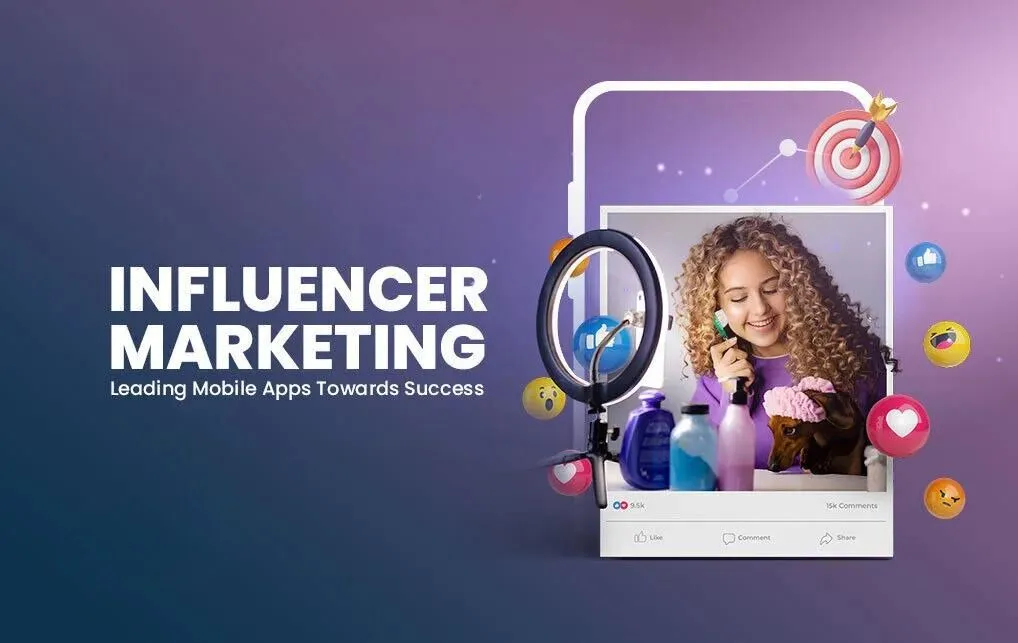
Not every social media strategy is created equal, and influencer marketing is one of the most effective ways to improve engagement for your business. By partnering with influencers who have a large following in your target audience, you can increase brand awareness, drive website traffic, and generate leads.
Finding the Right Influencers for Your Brand
For any influencer marketing campaign to be successful, you need to find influencers who align with your brand values and target audience. Look for influencers who have a genuine interest in your industry or niche, and who have a track record of creating engaging content that resonates with their followers. You can use social media listening tools or influencer marketing platforms to find influencers who meet your criteria.
When researching potential influencers, consider factors such as their audience demographics, engagement rates, and content quality. You should also look at their previous collaborations and reviews from other brands to get an idea of their professionalism and work ethic.
Building Relationships with Influencers
Relationships are key to successful influencer marketing. Rather than simply paying influencers to promote your brand, focus on building long-term relationships that benefit both parties. This can involve collaborating on content, offering exclusive access to new products or services, or providing influencers with creative freedom to develop their own campaigns.
Influencer partnerships should be mutually beneficial, with both parties working together to achieve common goals. By building trust and rapport with influencers, you can increase the effectiveness of your campaigns and create a loyal network of brand ambassadors.
Influencer marketing is not just about paying someone to post about your brand; it’s about creating a partnership that drives real results. By taking the time to build relationships with influencers, you can increase the ROI of your campaigns and drive long-term growth for your business.
Measuring Influencer Campaign Success
Influencer marketing campaigns can be difficult to measure, but it’s necessary to track your results to optimize your strategy. Start by setting clear goals for your campaign, such as increasing website traffic or generating leads. Then, use tracking links or promo codes to measure the success of your campaign.
Influencer marketing platforms can also provide valuable insights into campaign performance, including engagement rates, reach, and conversions. By analyzing these metrics, you can refine your strategy and improve the effectiveness of your campaigns over time.
Building a successful influencer marketing strategy takes time and effort, but the results can be significant. By partnering with the right influencers and measuring campaign success, you can drive real growth for your business and increase engagement on social media.
Tip 7: Monitor and Measure Performance
Despite the importance of creating engaging content and interacting with customers, many businesses fail to track their social media performance. This is a crucial mistake, as monitoring and measuring performance is crucial to understanding what works and what doesn’t, and making data-driven decisions to improve engagement.
Setting Social Media Goals and Objectives
Setting clear goals and objectives is the first step in measuring social media performance. What do you want to achieve through social media? Is it to increase website traffic, generate leads, or boost sales? By setting specific, measurable, achievable, relevant, and time-bound (SMART) goals, you can focus your efforts on what matters most to your business.
For example, if your goal is to increase website traffic, you may want to track metrics such as click-through rates, bounce rates, and conversion rates. By setting specific goals, you can create a roadmap for success and make adjustments to your strategy as needed.
Tracking Engagement Metrics
Tracking engagement metrics is crucial to understanding how your audience interacts with your content. Which types of posts generate the most likes, shares, and comments? What time of day is best for posting? By tracking engagement metrics, you can refine your content strategy and create content that resonates with your audience.
For instance, if you notice that your Instagram posts with videos generate more engagement than those with images, you may want to focus on creating more video content. By tracking engagement metrics, you can make data-driven decisions to improve engagement and drive results for your business.
Tracking engagement metrics can also help you identify areas for improvement. For example, if you notice that your Facebook posts have a low engagement rate, you may want to experiment with different content types or posting schedules to see what works best.
Using Analytics to Inform Future Content
Goals and objectives are not just about tracking performance; they’re also about informing future content. By analyzing your social media analytics, you can identify patterns and trends that can inform your content strategy.
For example, if you notice that your Twitter posts about industry news generate more engagement than those about company updates, you may want to focus on creating more industry-related content. By using analytics to inform future content, you can create content that resonates with your audience and drives results for your business.
Performance metrics can also help you identify opportunities to repurpose or update existing content. For instance, if you notice that a particular blog post is generating a lot of traffic, you may want to create a social media post or video summarizing the key points. By using analytics to inform future content, you can maximize the impact of your content and drive more leads and sales for your business.
To Wrap Up
Ultimately, social media engagement is not just about posting content and hoping for the best. It’s about creating a strategy that resonates with your target audience, builds trust, and drives conversions. By implementing the 7 tips outlined in this article, you’ll be well on your way to improving social media engagement for your business. From crafting compelling content to leveraging user-generated content, each tip is designed to help you build a loyal community of customers who will advocate for your brand.
By incorporating these tips into your social media strategy, you’ll be able to drive more traffic to your website, generate quality leads, and ultimately, increase conversions. Recall, social media is a two-way conversation, and by engaging with your customers, you’ll be able to build a loyal following that will help take your business to the next level. So, don’t just stop at creating a social media presence – focus on building a design brand that truly represents your business and resonates with your target audience. With the right strategy in place, you’ll be able to turn your social media followers into premium paying customers, and watch your business thrive as a result.


